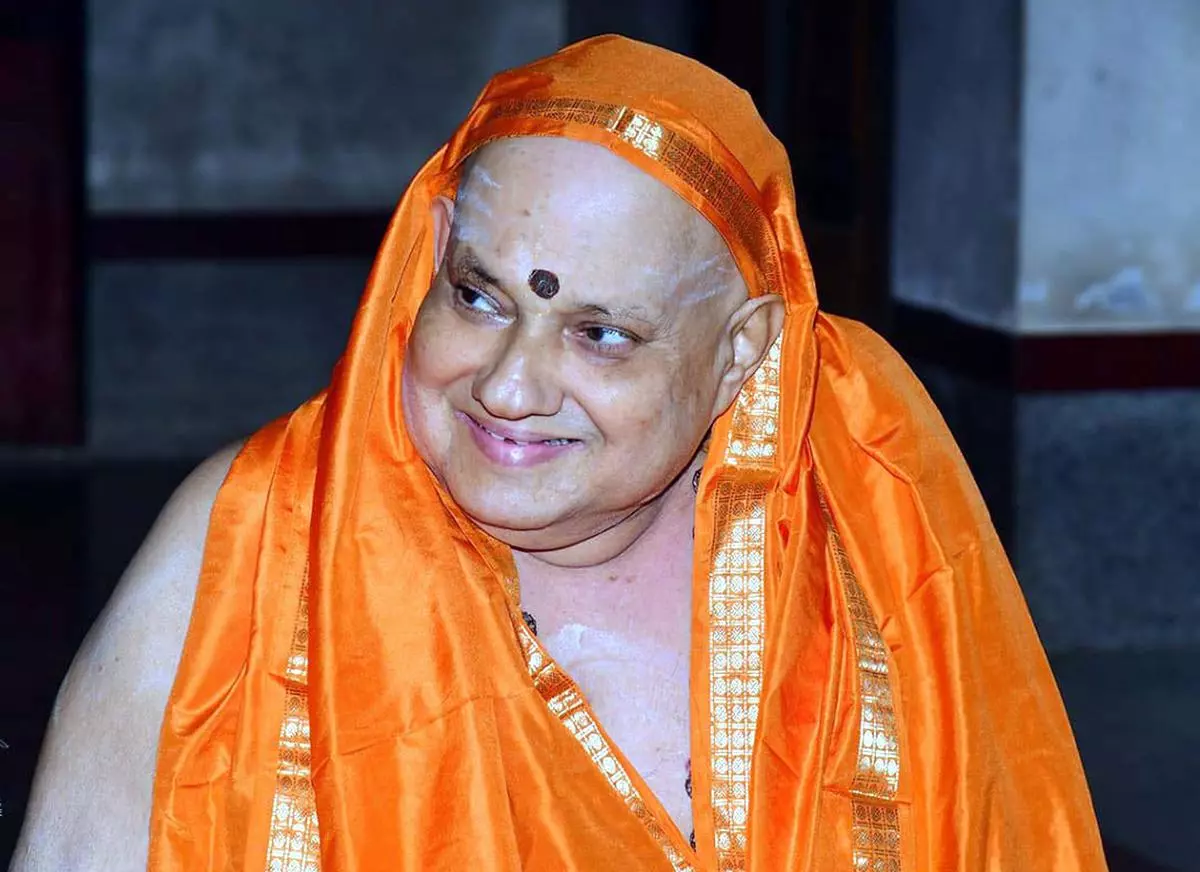Note4Students
From UPSC perspective, the following things are important :
Prelims level: Kesavananda Bharati Case
Mains level: Basic Structure

Central idea
The article reflects on the 50th anniversary of the Kesavananda Bharati case, emphasizing the enduring significance of the “Basic Structure Doctrine” in safeguarding constitutional pillars. It acknowledges debates surrounding its constitutional validity and introduces insights from jurist Dietrich Conrad, highlighting the need for checks and balances on institutional powers.
Key Highlights:
- 50th Anniversary of Kesavananda Bharati Case: Marks the establishment of the “Basic Structure Doctrine” by the Supreme Court of India in 1973, consistently upheld but occasionally questioned for its open-ended nature.
- Dietrich Conrad’s Contribution: Acknowledges the influence of Dietrich Conrad, a German jurist, whose lecture on “Implied Limitation of the Amending Power” laid the foundation for the Basic Structure doctrine in India.
- Arun Jaitley’s Critique: Former Finance Minister Arun Jaitley’s critique highlights concerns about the doctrine potentially undermining other constitutional mandates.
Key Challenges:
- Constitutional Validity Doubts: Doubts raised about the constitutional validity of the Basic Structure doctrine, questioning its open-ended nature and the exclusive powers it grants to the Supreme Court.
- Potential Undermining of Other Mandates: Criticisms, exemplified by Arun Jaitley’s statement, argue that the doctrine, while upholding judicial independence, may diminish other vital constitutional structures.
Key Terms and Phrases:
- Basic Structure Doctrine: Judicial principle recognizing fundamental features of the Constitution, protecting them from amendments or legislative interventions.
- Implied Limitation of Amending Power: Concept stressing the need for limitations on powers exercised by institutions, anticipating extreme cases of conflict.
Key Quotes:
- “The judgment has upheld the primacy of one basic structure — independence of judiciary — but diminished five other basic structures of the Constitution.” – Arun Jaitley
- “Any amending body… cannot by its very structure change the fundamental pillars supporting its constitutional authority.” – Dietrich Conrad
- “The basic structure of our Constitution, like a north star, guides and gives a certain direction to the interpreters and implementers of the Constitution when the path ahead is convoluted.” – Chief Justice D Y Chandrachud
Key Examples and References:
- Emergency Period: Recognition that the Basic Structure doctrine prevented potential recasting of the Constitution during the Emergency in 1975.
- Constitutional Pillars: Arun Jaitley’s reference to the primacy of judicial independence but potential diminishment of parliamentary democracy, elected government, etc.
Key Facts and Data:
- Kesavananda Bharati Case: Celebrates the 50th anniversary of the case that established the Basic Structure Doctrine.
- Legislative Interventions during Emergency: Historical context emphasizing the need for checks and balances on parliamentary powers.
Critical Analysis:
- Debate on Doctrine’s Validity: Ongoing debate about the constitutional validity of the Basic Structure doctrine, particularly its potential impact on other constitutional mandates.
- Checks and Balances Necessity: Acknowledgment of the necessity for judicial checks and balances on parliamentary powers, especially in the context of historical abuses during the Emergency.
Way Forward:
- Deeper Understanding of Jurisprudential Foundations: Emphasizes the importance of a fuller appreciation of the jurisprudential foundations of legal doctrines, including the Basic Structure doctrine.
- Reducing Judicial Arbitrariness: Proposes a thoughtful examination of how judicial arbitrariness in deciding the Basic Structure can be minimized, ensuring greater legitimacy and transparency.
- Public Demand for Transparency: Addresses the contemporary need for transparency in the functioning of democratic institutions, aligning with a changing information age and public demands.
Get an IAS/IPS ranker as your 1: 1 personal mentor for UPSC 2024
